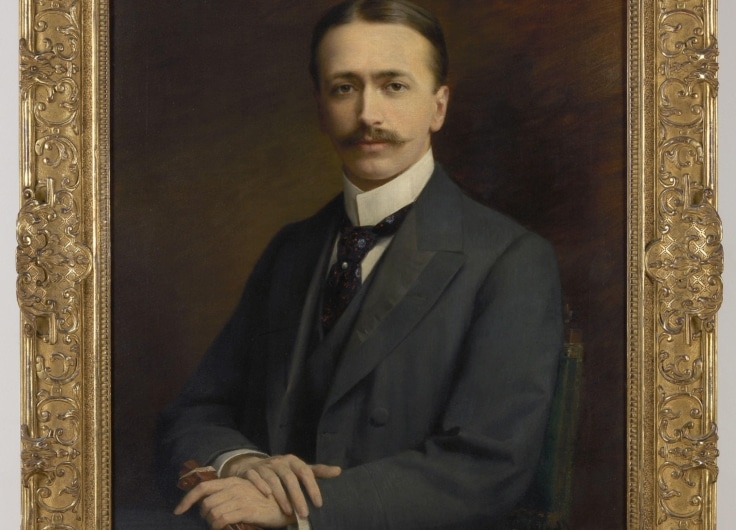Renovated Museum Hof van Busleyden Brings Burgundian Era to Life
After a year of renovations the Museum Hof van Busleyden has re-opened its doors to the public. This beautiful city palace takes visitors back to the time when Mechelen was the capital of the Burgundian Netherlands, allowing them to trace the footprints of Margaret of Austria, Erasmus and Thomas More, while also inspiring them to think about the future.
The name of the renovated city museum comes from the humanist Hieronymus van Busleyden, chamberlain and tutor of Philip the Handsome, who took up residence there in the early sixteenth century. The clergyman and jurist was appointed to the Great Council in Mechelen, the first international court and the highest in the Burgundian Netherlands, comparable with today’s Court in Strasbourg. At his residence in Mechelen he received famous friends such as Thomas More and Erasmus. They cherished exotic objects and art collections, exchanged thoughts and philosophised about the new era which later came to be known as the Renaissance.
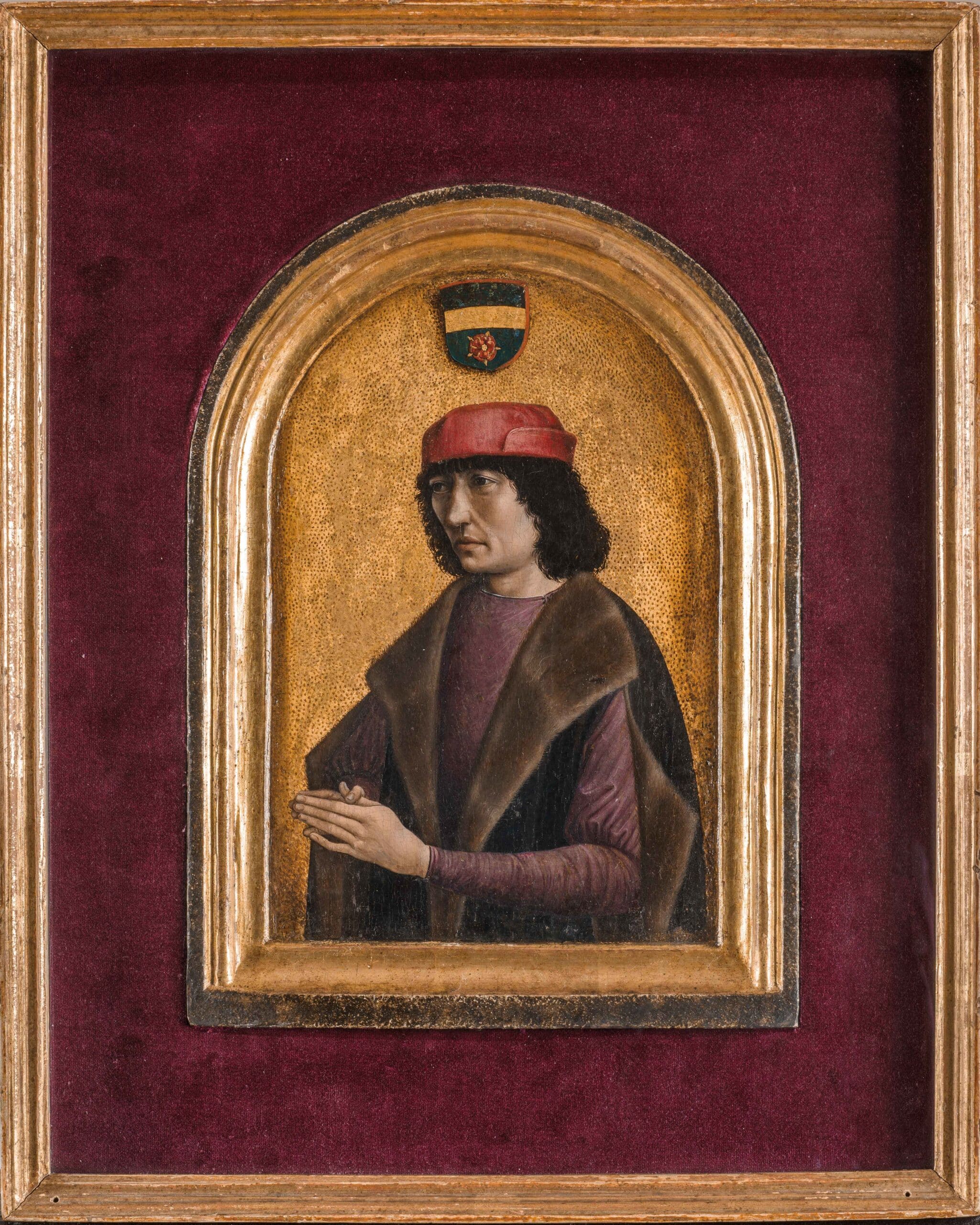 Anonymous, Portrait of Hiëronymus of Busleyden, 1495 - 1505, oil on panel, 28.9 x 21 cm
Anonymous, Portrait of Hiëronymus of Busleyden, 1495 - 1505, oil on panel, 28.9 x 21 cm© Wadsworth Atheneum Museum of Art, Hartford, Connecticut
Five hundred years later, the magnificent Burgundian city palace is about to become a meeting place once again, a breeding ground for ideas and a place where art is collected. During World War I the large building was almost completely destroyed, leaving only the walls. The reconstruction went in phases, resulting in an eclectic style. During the restoration, in dialogue with the monument conservation department, a decision was made not to attempt a return to the original architecture. The patchwork of styles is part of the building’s history. The Museum Hof van Busleyden first opened its doors to the public in 1938. Precisely eighty years on, it opens once again, now fully renovated. The authentic façade had to be the highlight, so the museum has been extended underground with a gigantic gallery space fulfilling the strictest standards for exhibiting artistic masterpieces. In addition to the city of Mechelen, the government of Flanders also invested some four million euros, recognising the project as a lever for Toerisme Vlaanderen.
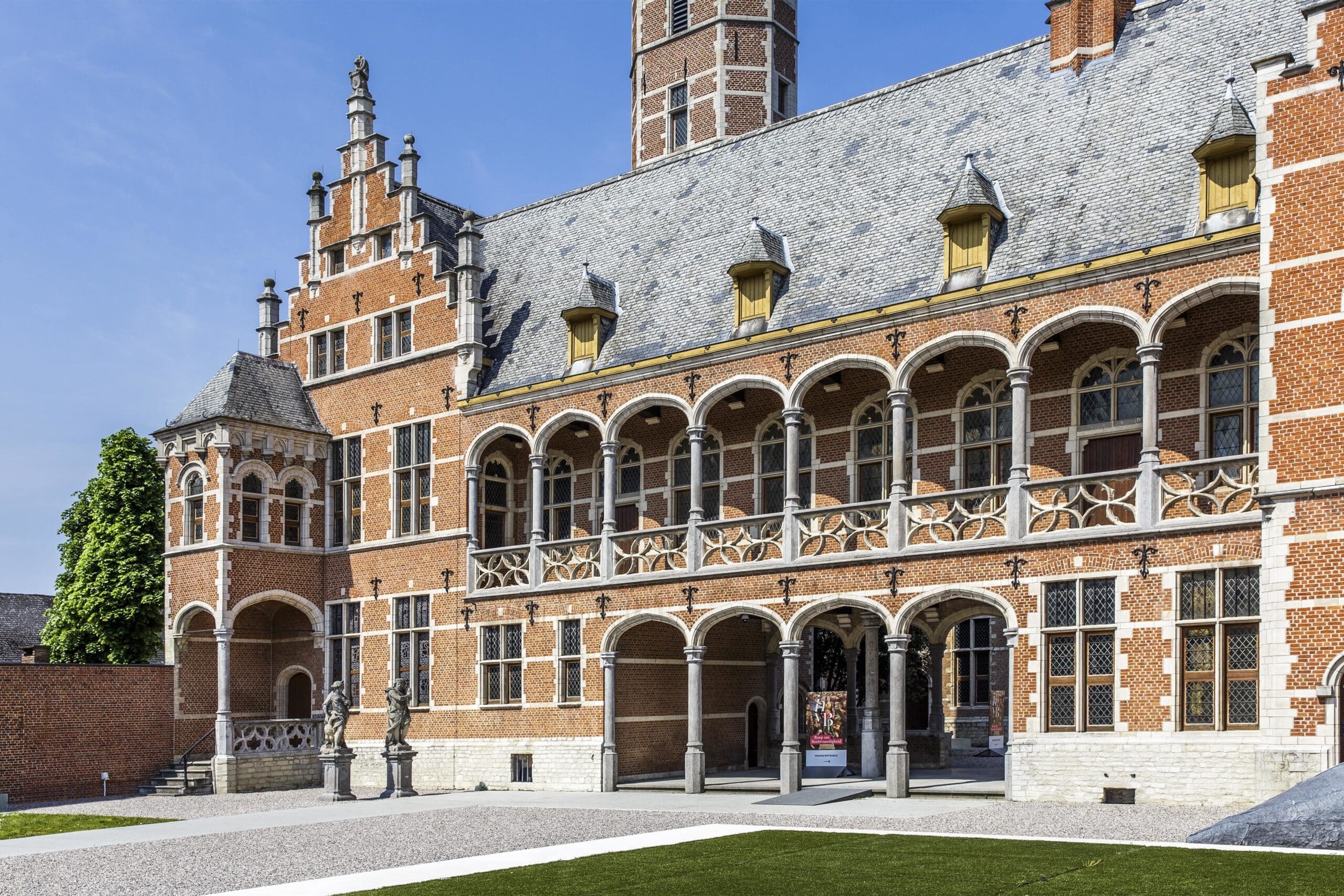 Museum Hof van Busleyden
Museum Hof van Busleyden© Museum Hof van Busleyden - photo: Sophie Nuytten
Burgundian lifestyle
You often read it in museum brochures, but in this case it’s true: a visit to the Museum Hof van Busleyden is a voyage of discovery. The galleries do not follow on seamlessly from one to the next, instead surprising visitors with their variety of atmosphere and scenography, as well as the repeated invitation to participate. Children will also find points of interest with their own search trail and an audio play by Het Geluidshuis about Margaret of Austria and her neighbours. Anyone who steps through the hall of mirrors into the world of the Burgundians, will immediately be overwhelmed with images of the vibrant life of the wealthy city that was sixteenth-century Mechelen. Of course the Burgundian lifestyle included parties, parades, performances of rhetoric and processions; events in which the person is central and traditions which live on in Mechelen today.

 Interior Museum Hof van Busleyden
Interior Museum Hof van Busleyden© Museum Hof van Busleyden
Visitors can gain a historical view of the city through the eyes and experiences of its residents. How did the Burgundians deal with power, what did craftsmanship and mastery mean to them, how did they celebrate and pass judgement? In the sixteenth century Mechelen fulfilled the role of the capital city from which Margaret of Austria governed the Burgundian Netherlands in her nearby residence, the Hof van Savoye. The political interest of Mechelen, which was not a centre of power like Bruges or Ghent, also gave the city a cultural feel. The bourgeoisie there were wealthy lovers of art, which was good for the artistic life of the city. Many art and craft objects, paintings, tapestries, sculptures and stories are brought to public attention in a variety of different ways, with a few masterpieces as the highlights.
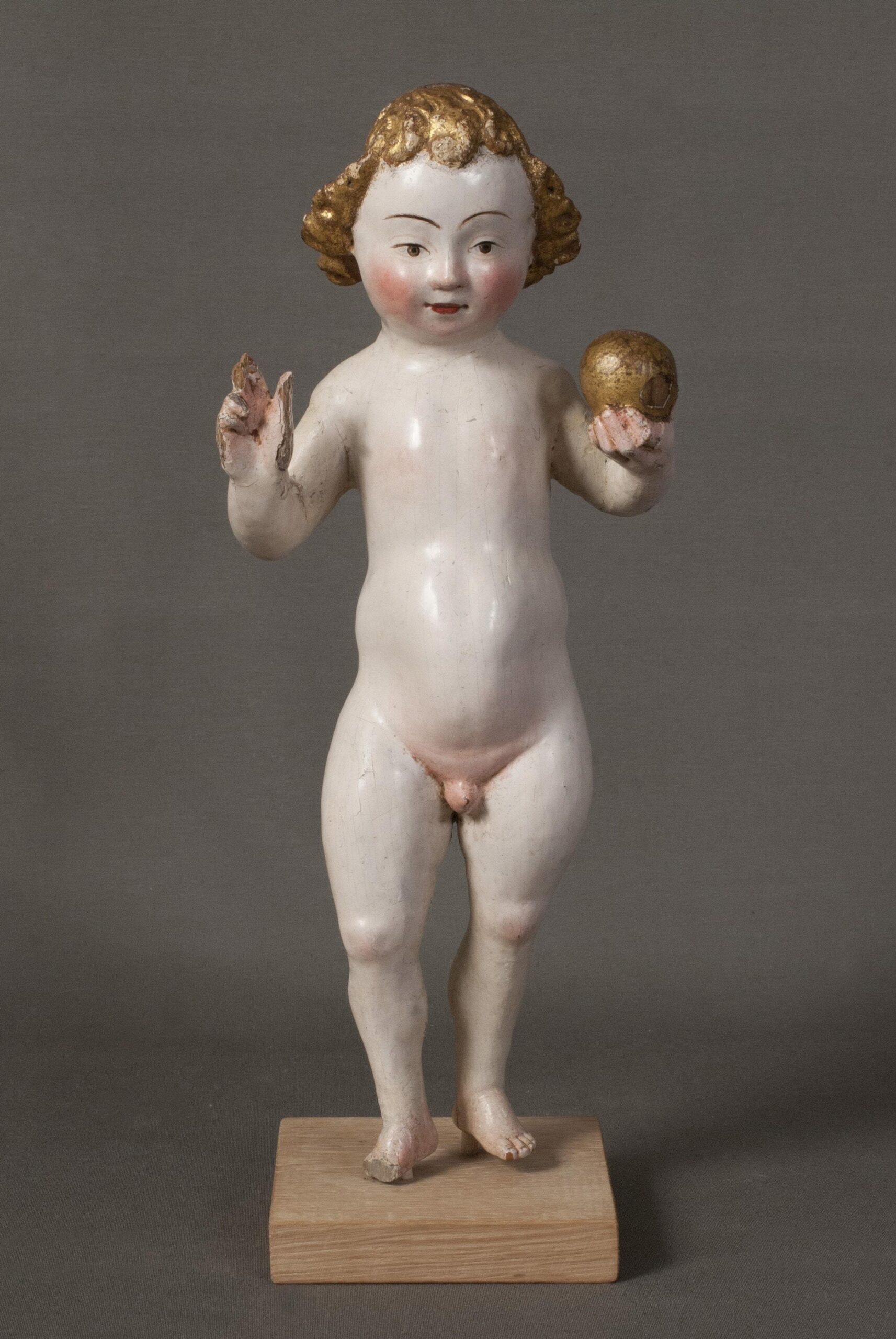 Blessing Jesus child, 1500-1600, lime wood, 33 x 9.5 x 5.5 cm /
Blessing Jesus child, 1500-1600, lime wood, 33 x 9.5 x 5.5 cm /© Museum Hof van Busleyden, Mechelen - photo: Fanny Crayon
Women’s art
Les Poupées de Malines (Puppets of Mechelen) were popular statues of saints made of walnut wood, delicately carved and magnificently decorated. The Dijlestad was one of the most important statue carving centres in the Southern Netherlands and the little devotional dolls were a much sought-after export that became distributed all over the world.
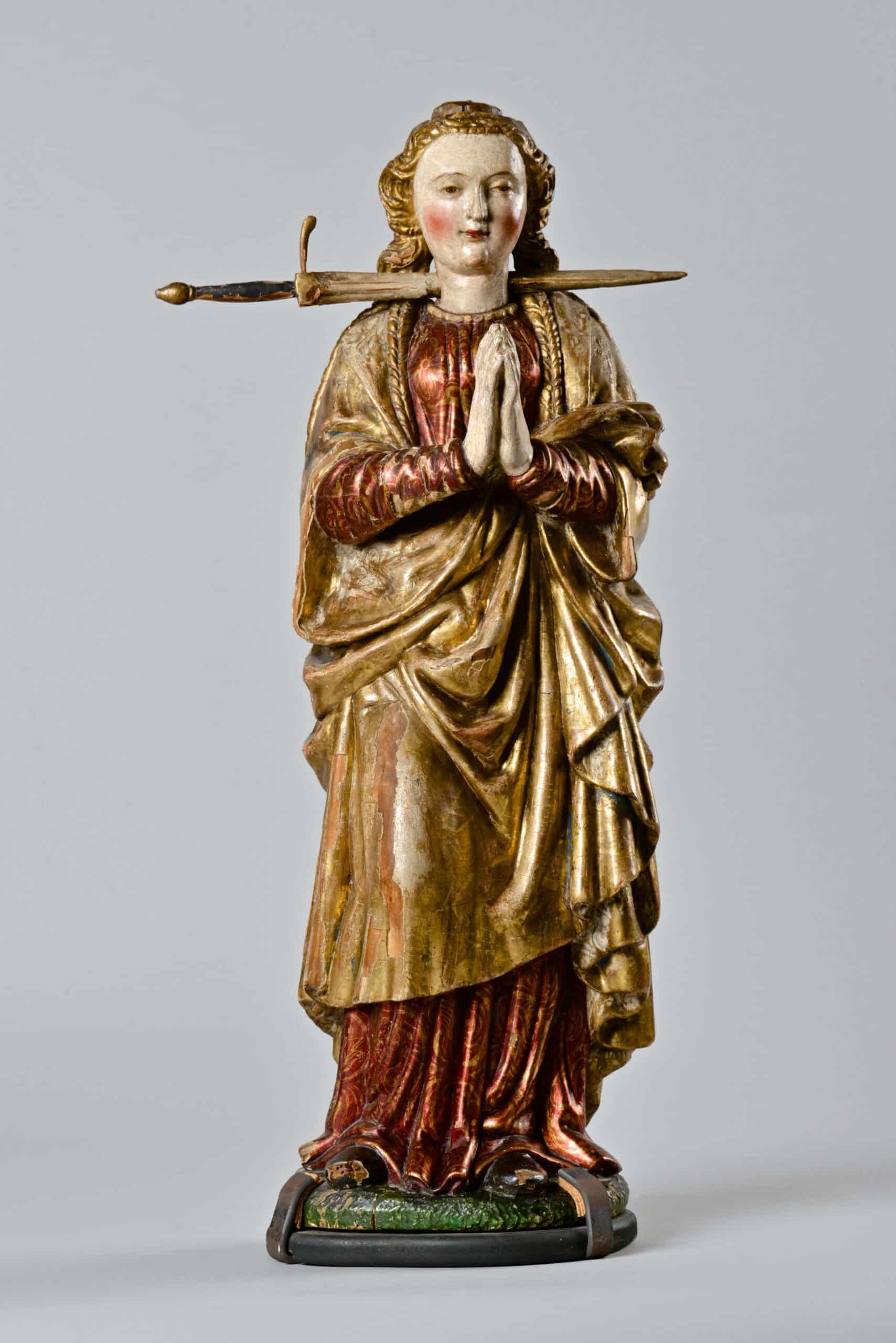 Saint Lucia Van Syracuse, 1500-1530, polychromed wood, 70 cm
Saint Lucia Van Syracuse, 1500-1530, polychromed wood, 70 cm© Museum Hof van Busleyden, Mechelen - photo: Joris Luyten
Unique masterpieces and remarkable specimens of assemblage art form the famous Besloten Hofjes (Enclosed Gardens): reredos depicting passion scenes or a garden of paradise. These were largely made between 1500 and 1550, by and for the Gasthuiszusters-Augustinessen, an order of Augustinian nuns. They were focal images for private worship, used in prayer and meditation. The production must have required a great deal of time, craftsmanship and dedication. The painted panels and polychrome images are surrounded by dozens of handmade silk flowers, minuscule utensils, glass bunches of grapes, pieces of real bone and all kinds of relics. The Besloten Hofjes are rare examples of ‘anonymous’ women’s art, devotion and spirituality, unique in their kind, with the world’s largest collection housed in Mechelen.
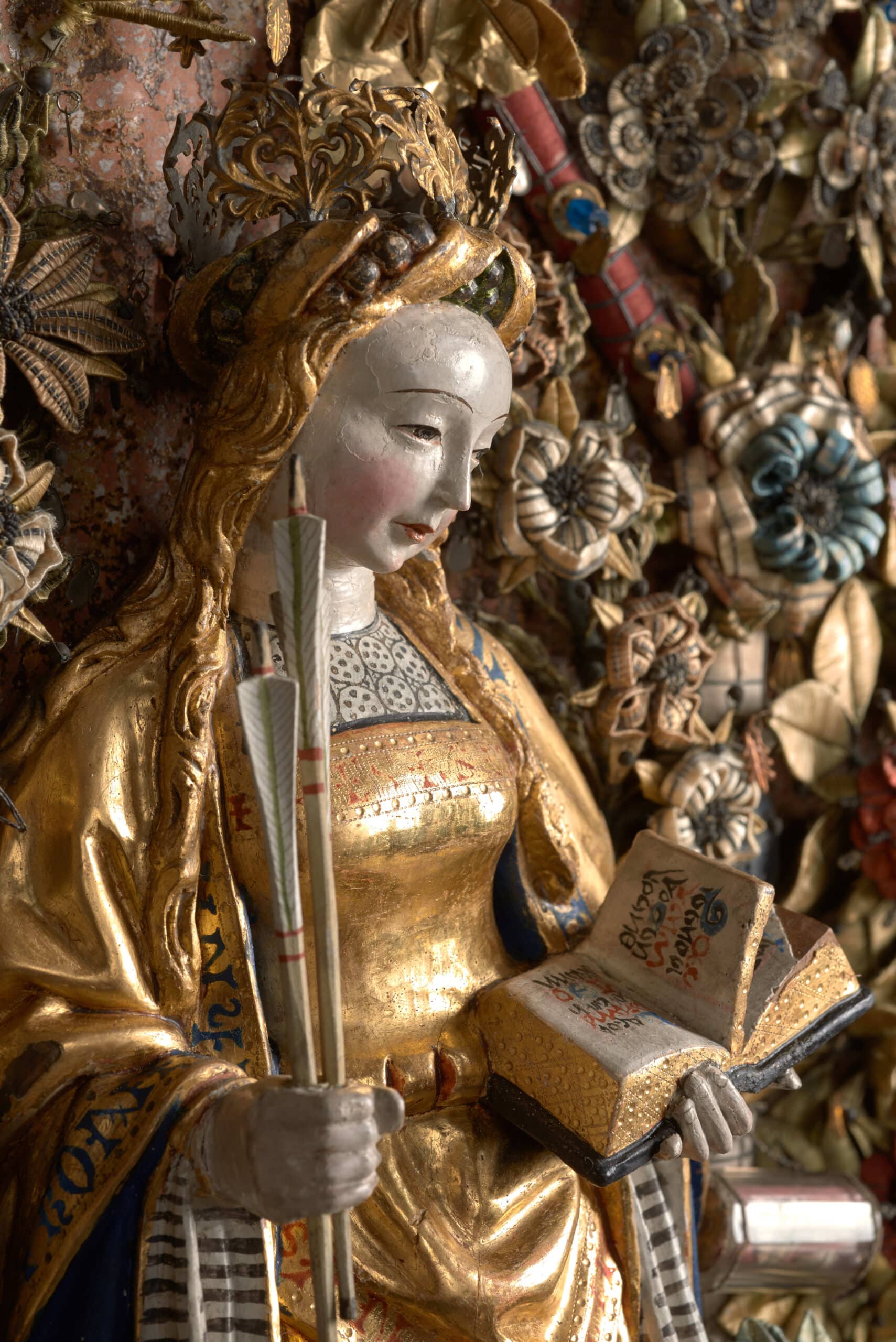
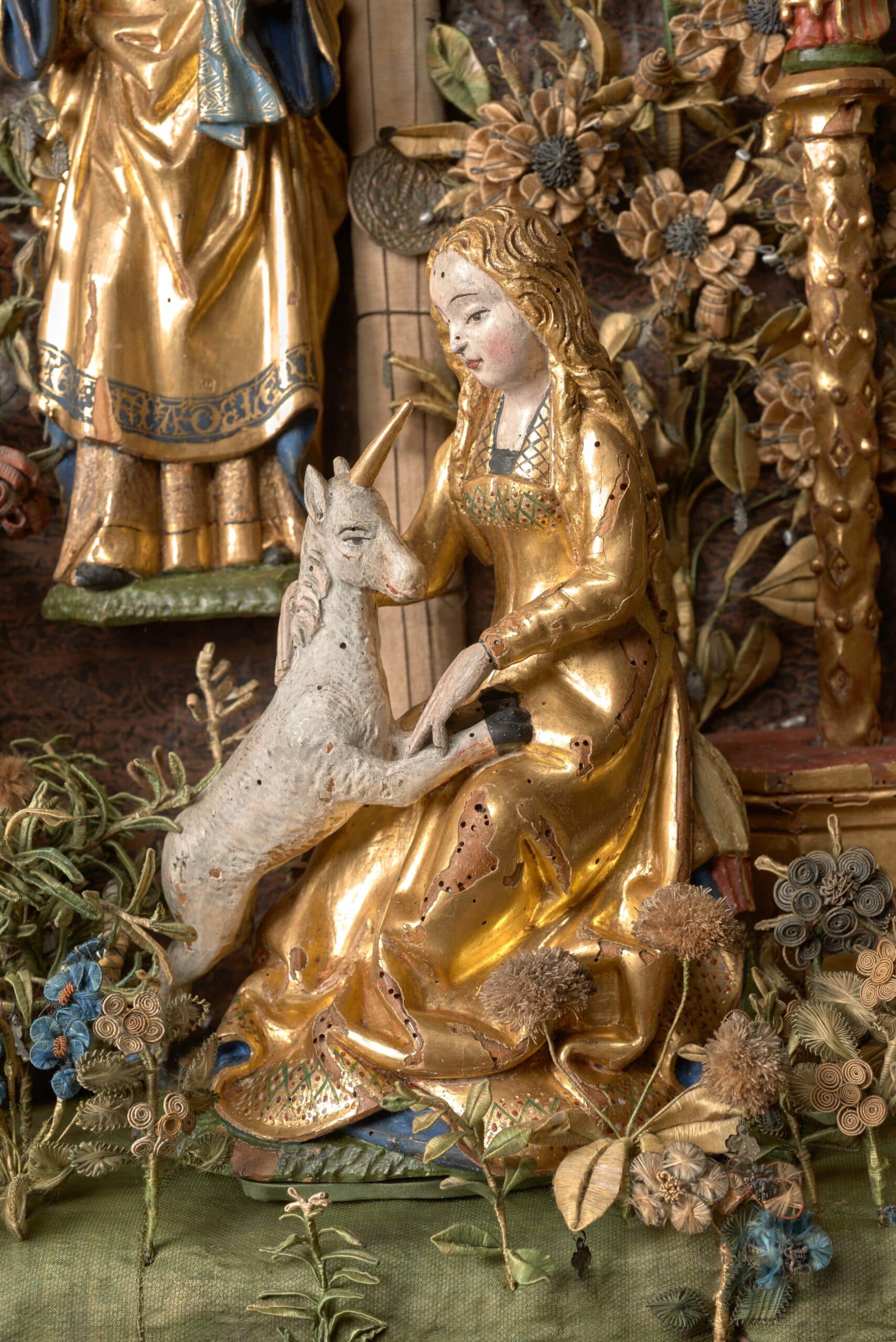 Details Enclosed Garden with H. Elisabeth, Ursula and Catharina, ca 1513, mixed media
Details Enclosed Garden with H. Elisabeth, Ursula and Catharina, ca 1513, mixed media© KIK-IRPA, Brussels
Inspired by these mixed media works of art from centuries ago, artist Berlinde De Bruyckere has created a series of installations which will be on show until 12 May 2019 in the underground exhibition room.
The Burgundian period also saw a musical high point for polyphony. Composer Petrus Alamire had his studio in Mechelen and his choir book is another masterpiece on show. The polyphonic songs played in the expo room authentically bring to life the atmosphere of that era. But the museum’s purpose does not stop at the exit or the shop. Even outside its walls, the aim is to bring this exhibition and associated stories to life.
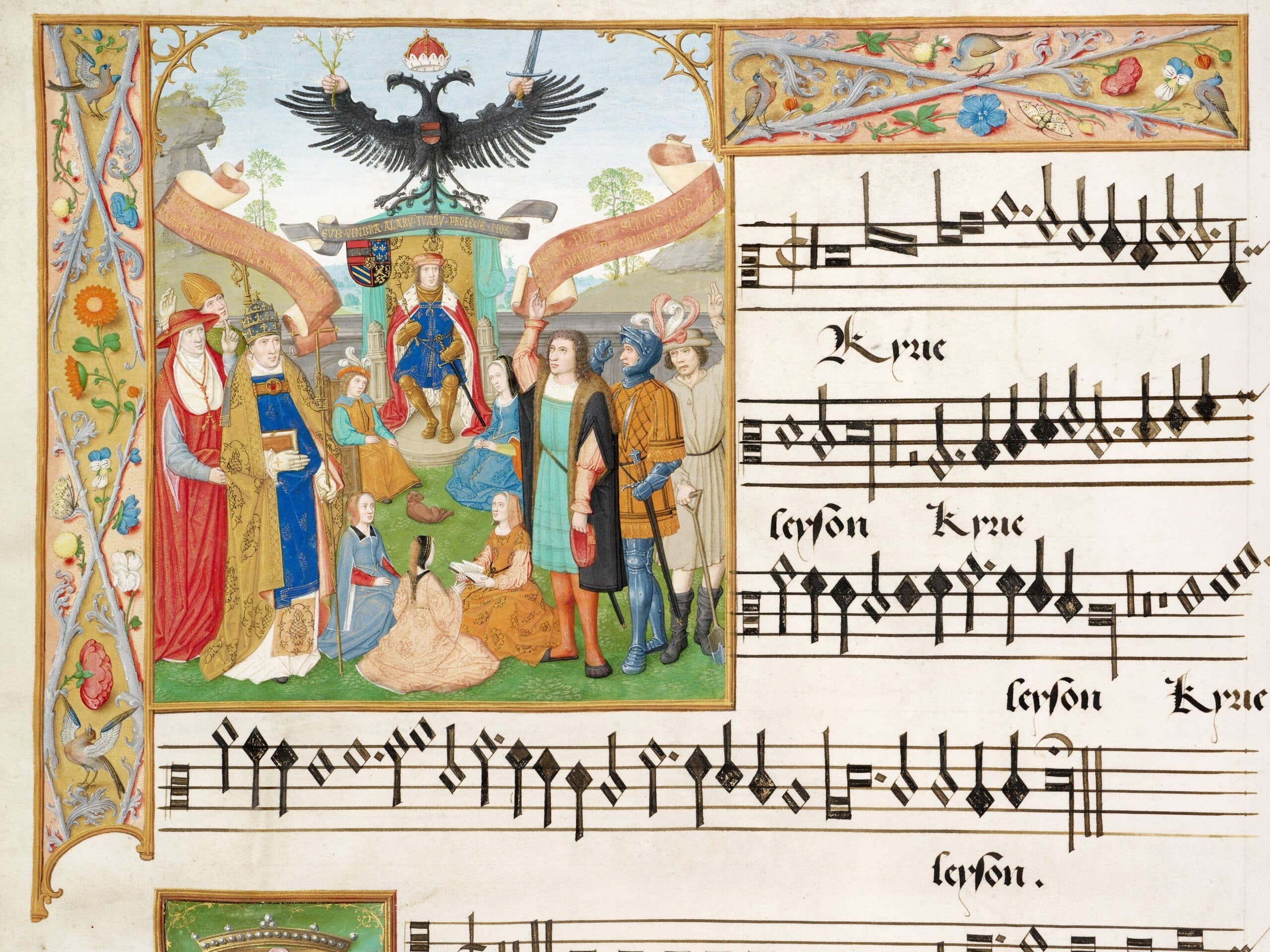 Detail Choir book of Margaret of Austria, 1496-1534, parchment, 66 x 44,5 cm © Stadsarchief Mechelen/Alamire Digital lab (Leuven)
Detail Choir book of Margaret of Austria, 1496-1534, parchment, 66 x 44,5 cm © Stadsarchief Mechelen/Alamire Digital lab (Leuven)© City archive Mechelen/Alamire Digital lab (Leuven)
Utopian images of society
In the room ‘Mensen maken de stad’ (‘People make the city’) Mechelen’s organisations and associations have a chance to present themselves to the public on triennial rotation. This is a conscious choice not to tack these participatory spaces onto the end of the visitor trajectory, or to accommodate them in a side programme or workshop. In bright museum rooms that traverse the historical trajectory, visitors encounter lacemaking, puppeteers and the efforts of a volunteer organisation for refugees. These communities represent the involvement and diversity of urban life today and form part of the complete museum story.
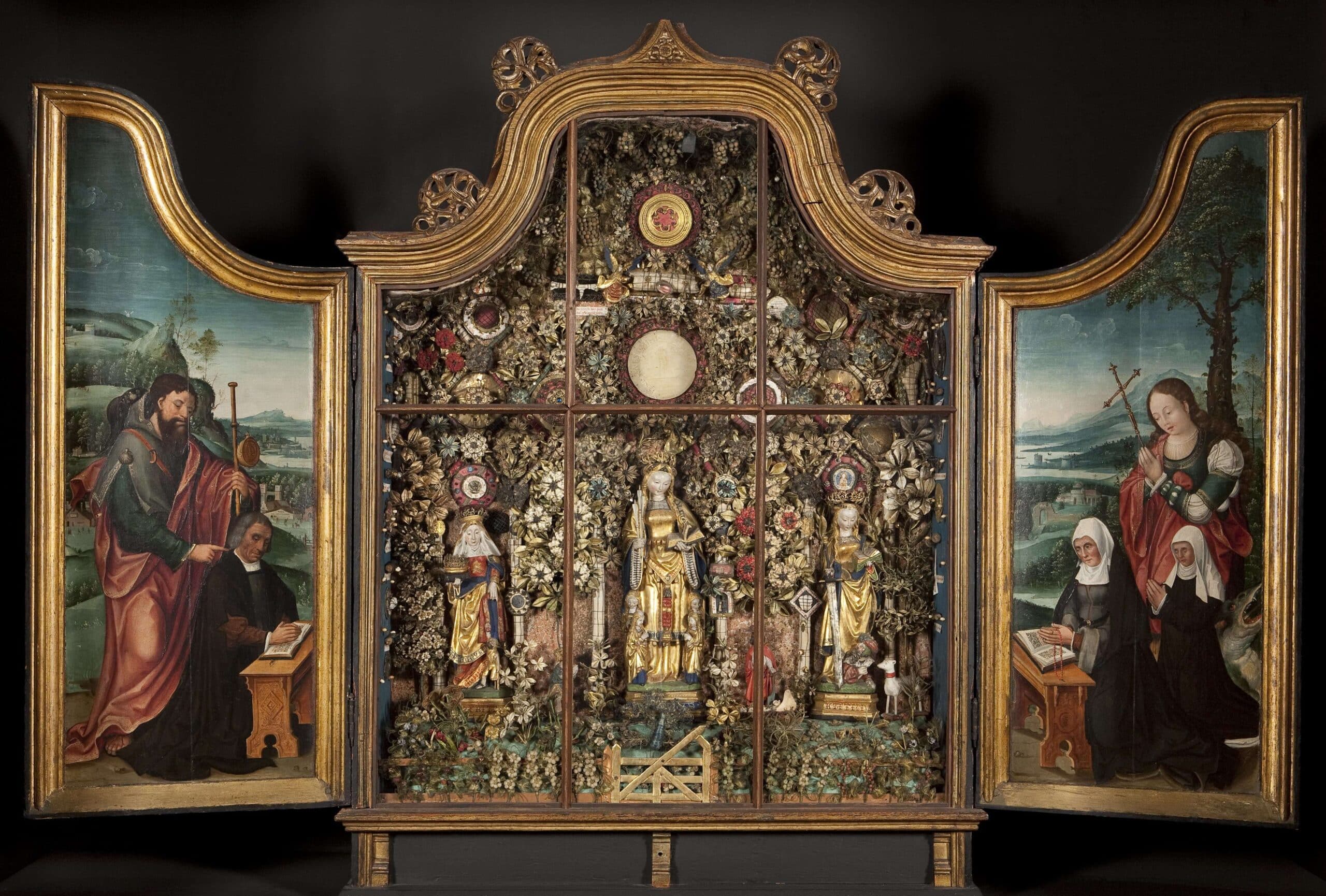 Enclosed Garden with H. Elisabeth, Ursula and Catharina, ca 1513, mixed media, 134 x 188.5 cm
Enclosed Garden with H. Elisabeth, Ursula and Catharina, ca 1513, mixed media, 134 x 188.5 cm© KIK-IRPA, Brussels
The project ‘De Grond der Dingen’ (‘The ground beneath things’) reflects the position of power and land ownership today, aiming to encourage involvement from the people of Mechelen in their city and tap into creative ideas, by giving every resident one square metre of (imaginary) land to fill for themselves. At the same time this is an experiment in the spirit of Thomas More: researching utopian images of society in daily life. Visitors can admire scale models of the proposals and their possible developments, and contribute thoughts or suggestions. The projects with the most valuable elements are to be carried out by 2021. This is clear engagement from museum and city, bringing together past, present and future.
The successful Museum Hof van Busleyden not only conserves a glorious history, but is also a continuous work in progress. The story of Mechelen is far from finished.


